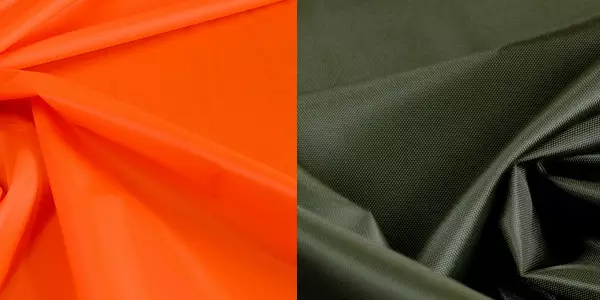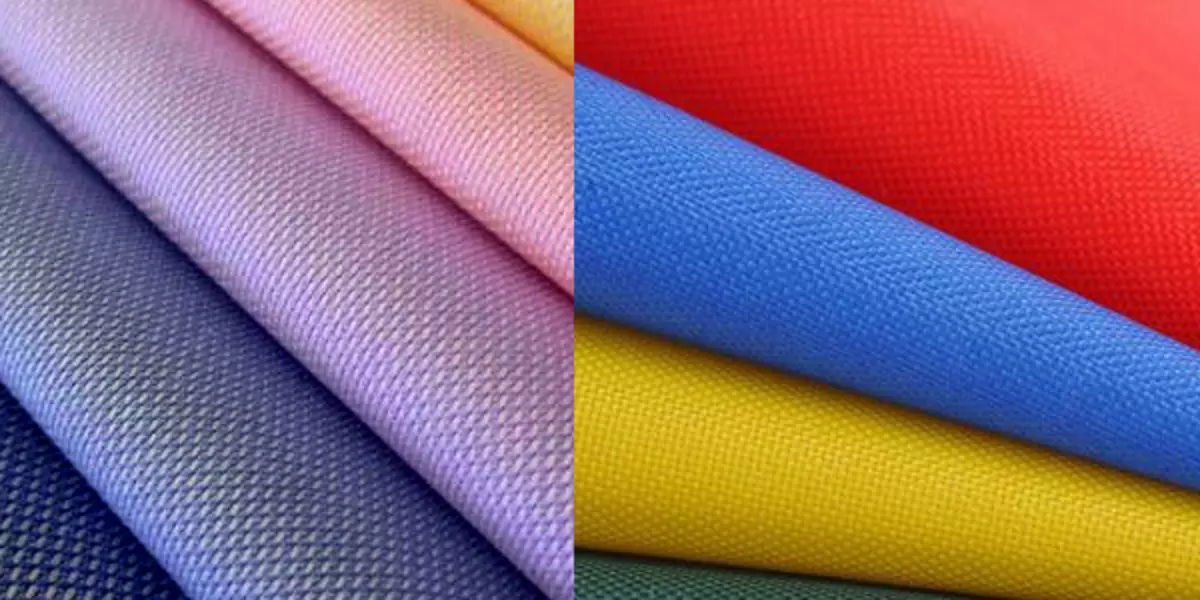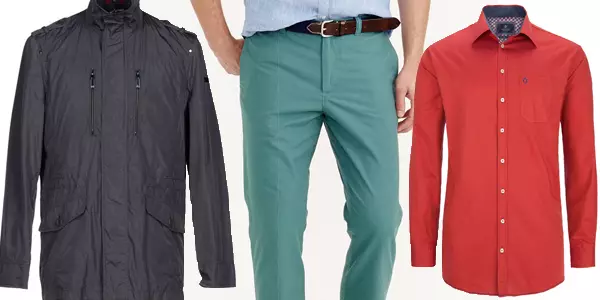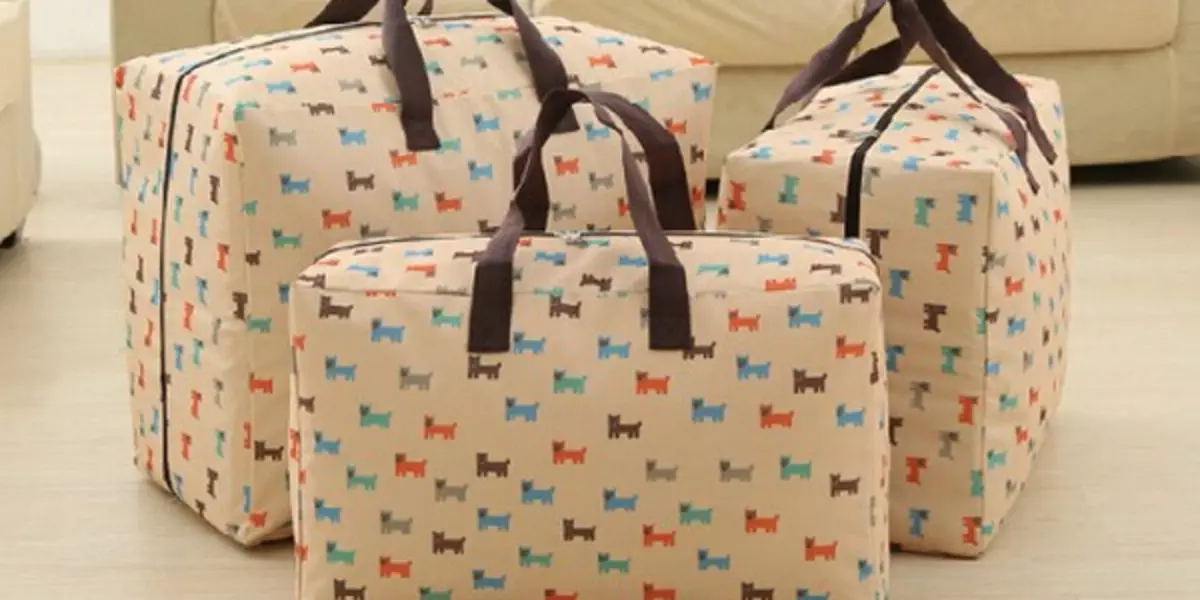According to Oxford, one of the oldest universities in the world is associated. However, such a name is both common textiles. The most interesting thing is that, called Oxford, sold fabrics with completely different characteristics, composition, type and purpose. Rodinitis is only one - a relief texture, which is known in Russian called the "Rogozhe", and in English - BasketWeave, or basket weaving.
History Oxford

This textile with a typical English name was made for the first time in Scotland at the end of the beginning of the century, and he owes American universities with its popularity. Unlike classic linen weave, in this tissue, the clarified and basic threads are intertwined, but by groups, due to which its surface is small convex cells. Inexpensive, durable and hygienic Oxford made of pure cotton, found the application for the manufacture of men's shirts, which were very loved by students, especially engaged in sports . It is argued that the modern end-to-end shubbaching bucket Button-Down first appeared in the form for a polo game, sewn from Oxford.
Over time, such shirts began to wear many students, especially in the United States, where they are currently a symbol of prestigious universities. Their composition can be natural or blended, the color most often blue, although there are white, yellow, blue colors, as well as striped prints. Such a shirt is the mandatory belonging to the prestigious style of "prepper" and is well suited for an elegant business dress code.
To date, two types of oxford weave are distinguished: thin and high-quality Royal Oxford with small "cells", usually made of natural cotton, and a more factory pinpoint, in which the rapport of the base and duck is 6 or more threads.

At the end of the last century, it began to add nylon and polyamide to the classic basketweave material. Then there were completely synthetic materials with a variety of thread thickness, which differed in great strength and were used not only for clothes. The new degree of development was the use of special coatings, which gave fabrics completely new technical characteristics - protection against water, high temperatures, chemical reagents . And although this textile was fundamentally different from his classic pre-preparation, the name "Oxford" is still preserved.
Article on the topic: Openwork patterns with knitting needles: Schemes and descriptions of simple patterns for original blouses with photos and videos
Types and notation
Currently, synthetic water repellent fabric with a characteristic "cell" is produced in a large number of species, and for the correct selection of the necessary material you need to know the appropriate specifications and their designations. The first sign by which the classification is produced is the composition, and the second is the thickness of the thread. Since almost always synthetic oxford is a water-repellent fabric, its classification is also carried out by the type of protective coating. In addition, the coloring of the canvas and some other properties, for example, the presence of reinforcing yarns are distinguished.
Modern oxford is made of nylon or polyester, the thickness of the fibers in them can vary from 150 to 1800 Den. The main types of coatings are transparent polyurethane on the inner surface, or polyvinyl chloride, which is applied outside. These coatings provide protection against water, wind and other adverse factors, and the effectiveness of such protection is ensured by the thickness and structure of the layer. The trade description of the brand contains a digit that corresponds to the height of the water column held by the protective layer in MM, while:

- minimum protection for household products is from 200 to 300 mm;
- Increased protection in which the coupling tissue in the bends will burst in 1 hour, is 300-500 mm;
- For water-mounted overalls, water-repellent capacity is 800 mm;
- Protection 1000-3000 mm has a particularly dense awning tanta.
The properties of the tissue and its density are largely dependent on the density of the threads, the value of which is indicated in the name of the brand.
- The most subtle material has a density of 150, it keeps the form well and at the same time drapes. More common is Oxford 200 water-repellent, from which the top of jackets and down jackets are made, sew rains, pants and overalls, small bags and subtle covers.
- The more dense Oxford 210 fabric is usually used as a couch, as well as material for tailoring bags, backpacks, awnings, hats. The same appointment has a somewhat denser Oxford 240 fabric, which mainly produce tents and covers for various vehicles.
- The material with a density above 300 D is rather dense and tough. It is used for workwear and special equipment, requiring increased strength, bags, suitcases, shoes, waist belts and various snapshes. The common water-repellent Oxford 600 water repellent belongs to the category of hand-back and awning, although it is sometimes used as a couch and cloak for clothing designed for extreme conditions. In addition, the Oxford 600 tent fabric is very valued by fishermen, summer houses, hunters as a suitable material for temporary shelters, hammocks, reliable protective coating.
- The most dense material is 1800 D is a special tent fabric, it is rather heavy (400 g / sq. Meter) and has a rigid texture. It is usually supplied to our markets by special order.
Article on the topic: Extracted hinge crochet in a circle: Master class with photos and video

As for coloring, they are distinguished by a large variety. Traditional colors of this material - khaki, blue, black. The common Oxford 600 fabric is often available with camouflage print. However, not rare and brighter colors, including neon. Established is also a luminescent coating material, which is used for reflectors on overalls.
Benefits, Disadvantages, Care
The widespread use of the robust water-repellent fabric "Oxford" is due to its properties as:
- high physical tensile strength, abrasion and bending;
- long service life;
- ease;
- Pleasant silky texture;
- variety of assortment;
- Resistance of dyes to washing and sunshine;
- relatively small cost.
At the same time, the fully synthetic composition of the material and the presence of a protective layer has all the disadvantages inherent in textiles of this kind. First of all, it is the creation of a greenhouse effect, so Oxford clothes are not recommended for long stay and intensive loads. When driving, especially in the cold, this material makes a rustling sound, so hunters are trying not to use it for their equipment. The composition of the fibers should also be taken into account. A more elastic nylon is styled by sparks and is melted with a heated surface, and a more heat-resistant polyester is less durable.
Products from this material are well transferring machine wash and drying at a temperature of not more than 40 degrees, as well as ordinary chemical cleaning. They can be iron in "Synthetic" mode. If the tissue formed a gap or a melted hole, they can be sewn or stuck.
